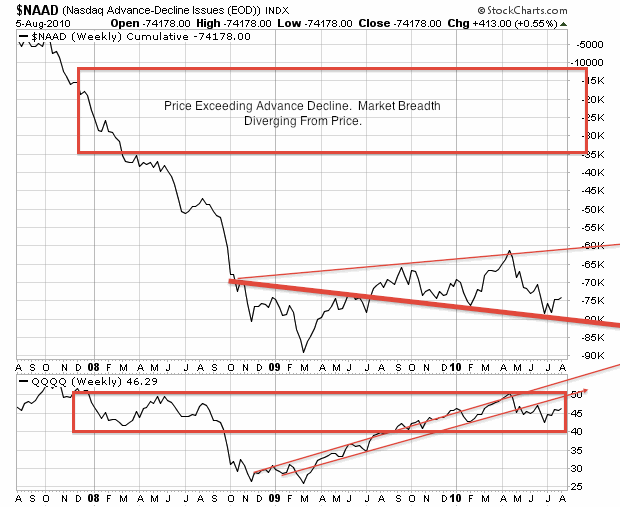The November 2010 election is right around the corner. As the Democrats praise the federal stimulus and Barack Obama as the savior of the American capitalist system, Republicans who also initiated a bailout now reveal where the money was spent frivolously and recklessly in order to gain votes. Regardless of which party gains power, the fact remains that government spending has increased exponentially and it has not positively effected the job market one iota. The job market is, frankly, terrible. Our children and grandchildren are likely to experience high inflation, high unemployment and even higher taxes, the very problems that Greece and Spain are struggling with now. The only solution the Fed is offering is to throw more money into the system to prevent a downward deflationary spiral.
The strategy of my choice for protecting assets is in quality junior mining companies with great management, a strong cash position and expanding resources.
The European crisis demonstrated that now, instead of the credit crisis being just a private sector issue, entire governments are defaulting. Due to reckless spending in many areas, these countries have positioned their constituents with a great burden. Spain is now facing close to 20% unemployment. There are states in the U.S. that are running huge deficits and in danger of defaulting. A downturn in a highly leveraged global society such as ours has the potential to be devastating.
In order to for the Democrats to win the November election, they will do everything possible prior to the big day to inflate the stock market. I suspect within the next couple of weeks, we will see a second "jobs" stimulus and quantitative easing actions. They need to act quickly to inflate asset classes, the stock market and Joe the Plumber's 401k plan if they want a shot in the next election. A "jobless" recovery is going to be a major flaw to the Democrats control of Washington.
This rally is not broad based at all, lacking volume and market breadth. Market breadth tells us if this past rally was broad based, meaning that in a healthy market price corresponds to the amount of stocks participating in an uptrend. It is concerning when you observe a disparity between the stock price and the advance decline line. This usually indicates a "fake" market, because only a handful of stocks are participating. A sustainable market is one in which many participate. The advance decline line gives you a clue ahead of time if a rally can endure .
The Nasdaq is lacking broad participation. The Nasdaq's advance decline line, which is more correlated for the small cap companies, needs to get involved with this rally before this market turns bullish. Even though price was close to three year highs, the advance decline line is not nearly the same level as three years ago. This is a false rally with a few select large cap international stocks moving progressively higher. The U.S. will enjoy a real recovery when we see small caps participating and moving higher. Obviously, we are not there yet.
Today's negative job report could be the catalyst to start another leg down.
Over the next few months we are going to see formidable efforts by the Congress, the Federal Reserve and the White House to prevent the economic fallout that the markets were teetering on during the European Sovereign Debt crisis. If these markets are not successfully restored in time, we can expect a major political change in November. Has the stimulus really been effective? Looking at this chart, it appears that this is not the case.
Gold and silver may make a major move in the next few weeks. I've said before that gold was at a major buypoint due to long term trend support. The jobs report was very bullish for gold investors. The Fed is expected to make another stand and gold, silver and base metals should outperform considerably.
Disclosure: I am long gold and silver mining stocks.




0 Responses